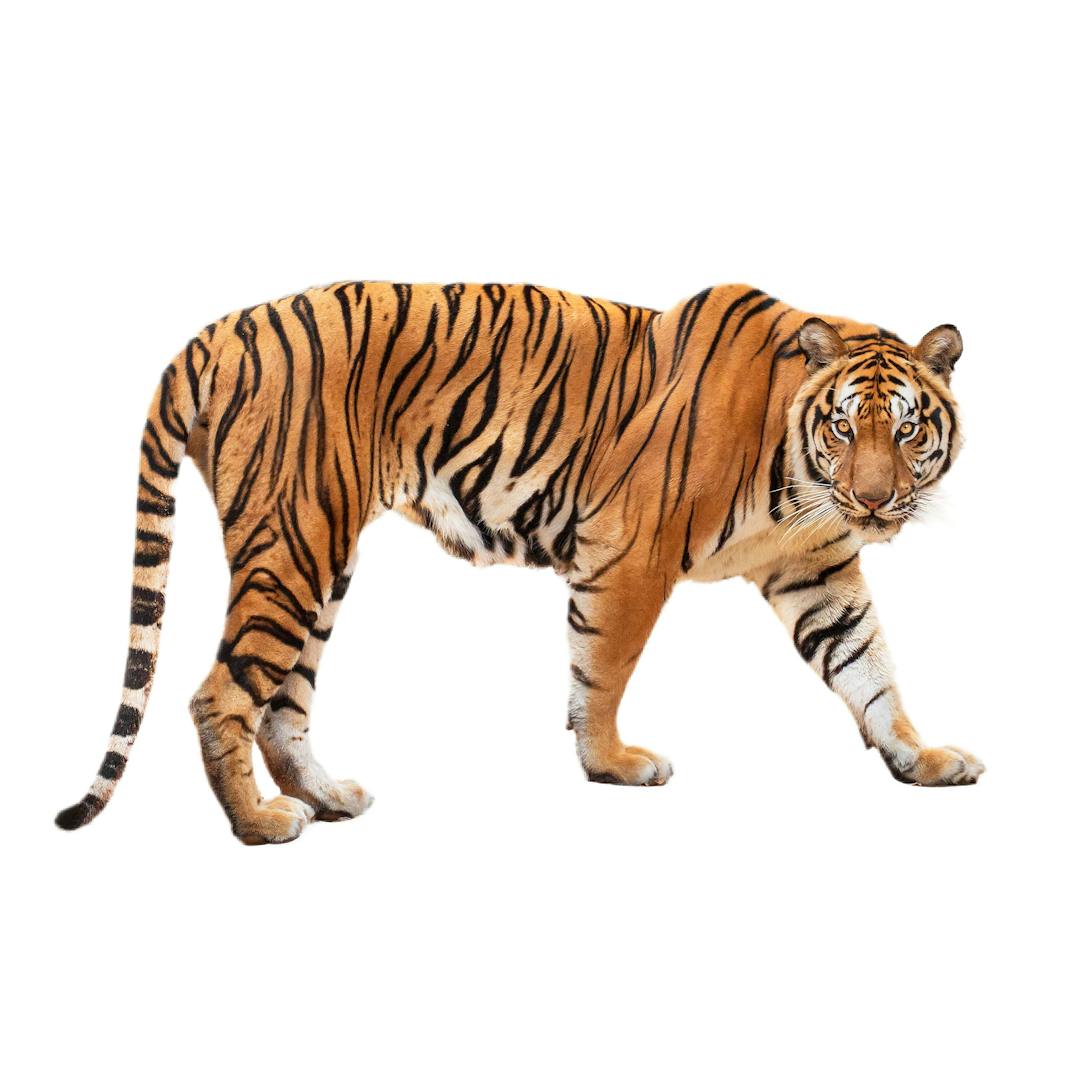
Big Wild Cats
The big wild cats species of the world continue to fascinate with their striking looks, fierce agility, and formidable presence. In the main cat family called Felidae, there are two sub-families: Pantherinae and Felinae. The sub-family Pantherinae is further classified into the genus Panthera, in which we find many, but not all, of the big wild cat species. It is important to note that these cats are not pets; they belong in the wild in their natural habitats where they can ideally live, hunt, and reproduce without interference from humans.
- Origin
- Asia
- Coat Pattern
- Variety of patterns
- Coat Length
- Variety of lengths
 Species-dependent
Species-dependent
Main Characteristics of Big Wild Cats
These stunning creatures are a sight to be seen. They all share characteristics such as powerful, heavy-boned and muscular builds with large paws that hold incredibly sharp claws. Their teeth are large and strong, meant for seizing and killing prey during the hunt. Four of the big wild cats of the world—tigers, lions, jaguars, and leopards—are roaring cats. Big wild cats face similar threats to their survival in the wild as small cats do, such as habitat loss, illegal hunting and fur trading, and other encroachment by humans that affects their ability to live, hunt, and reproduce.
Big Wild Cats Classification
All living cat species belong to the family Felidae. "Family" is a branch of taxonomy—the system of scientific categorization or classification of biological organisms, such as plants and animals. Families are further classified into sub-families, then genus, then species.
Felidae includes everything from the big wild cats of the genus Panthera discussed here to the domestic cats of the genus Felis. The Tiger (Panthera tigris), Lion (Panthera leo), Leopard (Panthera pardus), Snow leopard (Panthera uncia), and Jaguar (Panthera onca) are all different species in the genus Panthera of the sub-family Pantherinae. In the genus Neofelis of the sub-family Pantherinae we find the Mainland Clouded Leopard (Neefolis nebulosa) and Sunda Clouded Leopard (Neofelis diardi).
Learn more about the genus Panthera and genus Neofelis in this resource that includes Big Wild Cats classification.
Big Wild Cats Origin
The big wild cats of genus Panthera are thought to have originated in Central Asia many millions of years ago. According to O'Brien et al. (2007), the evolution of the entire Felidae cat family began around 25 million years ago, and this led to eight main lineages of Felidae. This includes the Panthera lineage of roaring cats like the lion, which split off from the last common ancestor of modern cats, the Pseudaelurus species, just shy of 11 million years ago.
From this split, descendants of Pseudaelurus evolved into the seven total species across genus Panthera and genus Neofelis. These species migrated to and from Asia over time.
Big Wild Cats Traits
Wild cats are predators, and while it may be easy to recognize some of their hunting and play behavior in our own domestic housecats, the massive size, incredible strength, and hunting prowess of tigers, lions, and other the big wild cats makes them dangerous to humans and they should never be underestimated. These wondrous creatures are not meant to be pets, and are always best left undisturbed in their natural habitats. Big wild cats prefer to hunt and live independently; however, lions live in groups called "prides".
Depending on the species, one can find a variety of vivid coat patterns and colors. The tiger is known for its signature bold striped fur amid an orange background with white features in their underbelly and face. Male lions are unmistakable with their long, flowing manes and tufted tails, while the leopard is most recognizable for its patterns of spots and rosettes.